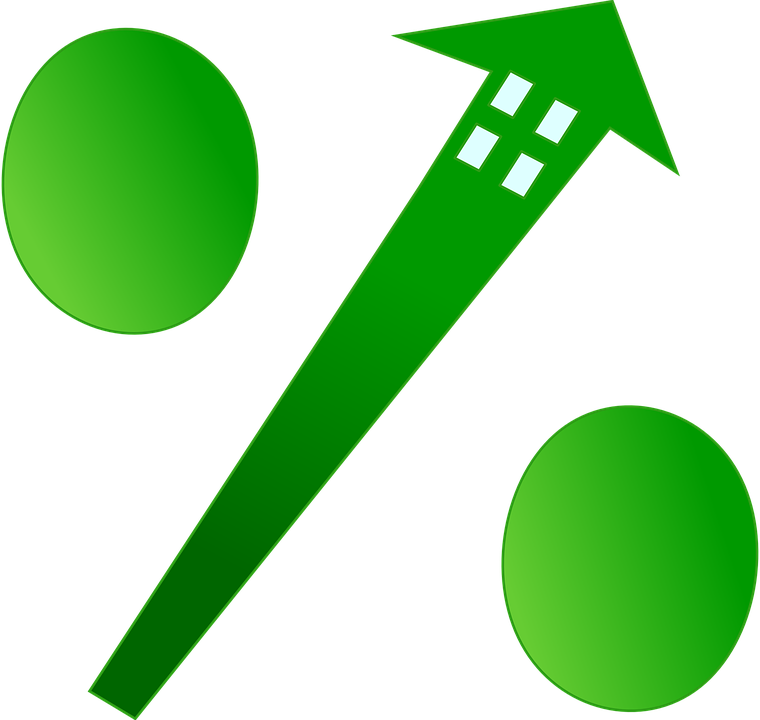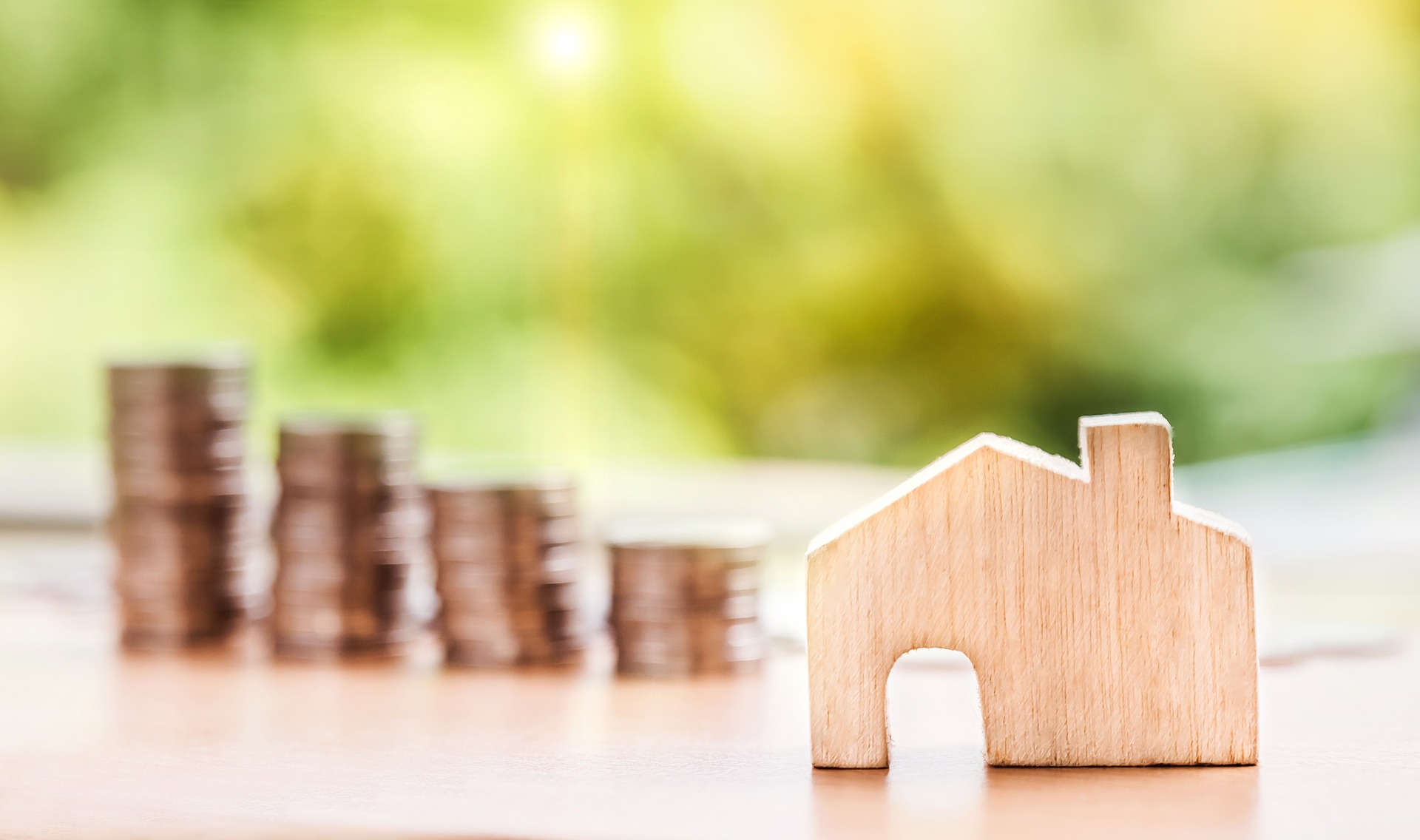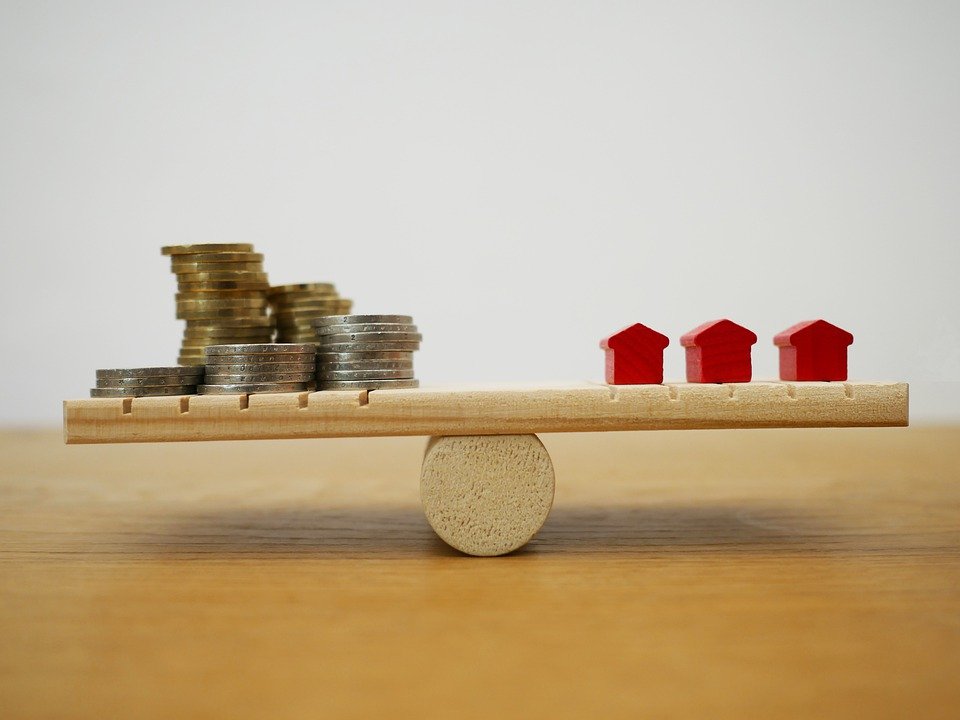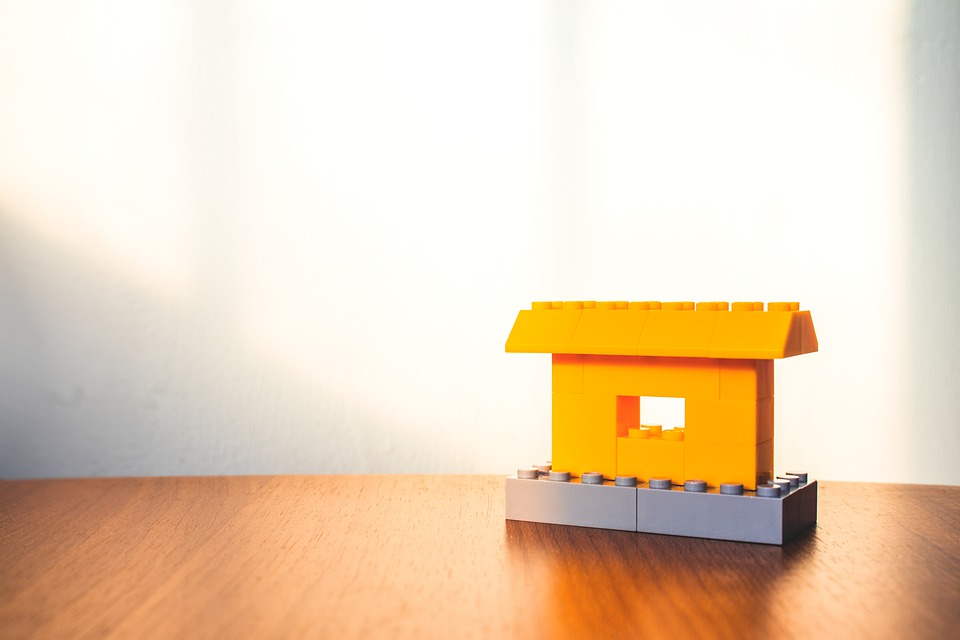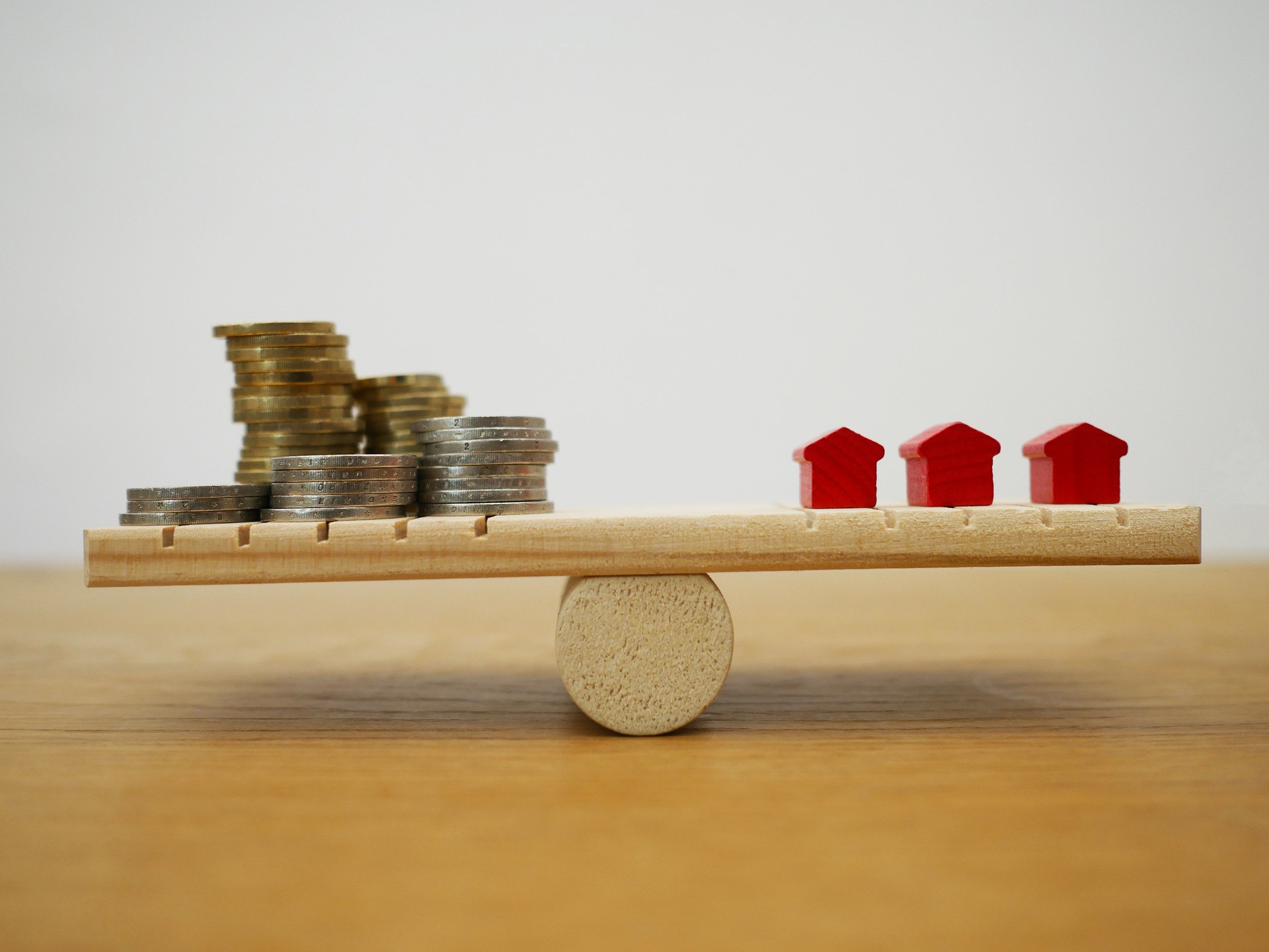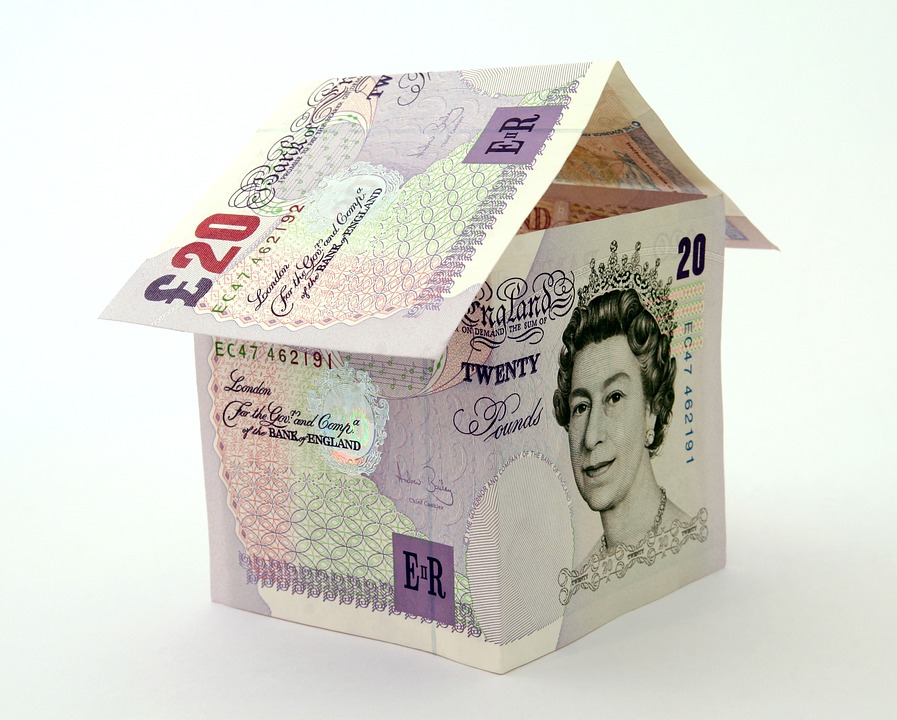The average UK house prices slipped by 0.5% in June as the full stamp duty holiday came to an end, according to an index.
It marked the first monthly fall since January, indicating that the peak of buyer demand is now likely to have passed, according to the research from Halifax
But typical property values were still more than £21,000 higher than a year earlier, the bank said.
The price drop in June meant annual house price inflation eased back slightly from May’s 14-year high of 9.6% to 8.8%.
Across the UK, the average house price in June was £260,358.
The stamp duty holiday in England and Northern Ireland is now being tapered, before being phased out completely in the autumn.
To find out more about how we can assist you with your Mortgage requirements, please click here to get in touch
The “nil rate” stamp duty band shrank from £500,000 to £250,000 from July 1, prompting a rush of buyers trying to beat the deadline, and it will revert to its normal level of £125,000 from October 1.
Russell Galley, managing director, Halifax said: “With the stamp duty holiday now being phased out, it was predicted the market might start to lose some steam entering the latter half of the year, and it’s unlikely that those with mortgages approved in the early months of summer expected to benefit from the maximum tax break, given the time needed to complete transactions.
“That said, with the tapered approach, those purchasing at the current average price of £260,358 would still only pay about £500 in stamp duty at today’s rates, increasing to around £3,000 when things return to normal from the start of October.
“Government support measures over the last year have helped to boost demand, particularly amongst buyers searching for larger family homes at the upper end of the market.
“Indeed, the average price of a detached home has risen faster than any other property type over the past 12 months, up by more than 10% or almost £47,000 in cash terms.
“At a cost of over half a million pounds, they are now £200,000 more expensive than the typical semi-detached house.
“That power of home-movers to drive the market, as people look to find properties with more space, spurred on by increased time spent at home during the pandemic, won’t fade entirely as the economy recovers.
“Coupled with buyers chasing the relatively small number of available properties, and continued low borrowing rates, it’s a trend which can sustain high average prices for some time to come.”
Looking across the UK, Halifax said Wales (12.0%) continues to lead the way for annual house price growth, registering its strongest performance since April 2005.
Northern Ireland (11.5%), the North West (11.5%), Yorkshire and Humberside (10.9%) and Scotland (10.4%) also registered double-digit gains.
For Northern Ireland and Scotland, the annual price rises were the highest recorded since late 2007, while for the North West and Yorkshire, price inflation was the strongest since early 2005, the report said.
At the other end of the scale, the South of England continues to lag somewhat, with eastern England and the South East recording price inflation rates of around 7%, Halifax said.
In London, property values were up by just 2.9% year on year, with several unique factors weighing on the market there, the report added.
Mr Gardner said of UK house prices generally: “We would still expect annual growth to have slowed somewhat more by the end of the year, with unemployment expected to edge higher as job support measures unwind, and the peak of buyer demand now likely to have passed.”
Tomer Aboody, director of property lender MT Finance, said: “Even though property price increases in London have been less stellar than elsewhere, prices are still at their highest in the capital and continue to rise, putting property ownership further beyond the reach of first-time buyers in particular.”
Anna Clare Harper, chief executive of property consultancy SPI Capital, said: “The tapering down of the temporary stamp duty reduction takes the pressure off demand.
Read about the UK Housing Market via our Specialist Residential & Buy to Let Division
“However, supply is still constrained, construction is getting harder and more expensive, and a mass sell-off from property owners is unlikely in the absence of significant interest rate rises.”
Mark Harris chief executive of mortgage broker SPF Private Clients, said: “Cheap borrowing and affordability will continue to give buyers more purchase power, and result in continued demand, even if the peak of the market has passed.”
Jeremy Leaf, a north London estate agent and a former residential chairman of the Royal Institution of Chartered Surveyors (Rics) said: “We don’t expect this new balance between supply and demand to change much over the next few months, particularly if economic growth can make up for the ending of the furlough scheme.”
Here are average house prices and the annual increase across the UK, according to Halifax:
– East Midlands, £214,542, 8.6%
– Eastern England, £303,834, 7.6%
– London, £511,234, 2.9%
– North East, £152,989, 9.2%
– North West, £201,836, 11.5%
– Northern Ireland, £163,484, 11.5%
– Scotland, £183,359, 10.4%
– South East, £353,618, 7.3%
– South West, £269,142, 9.8%
– Wales, £192,507, 12.0%
– West Midlands, £221,661, 8.1%
– Yorkshire and Humber, £185,229, 10.9%
By Vicky Shaw
Source: Independent
Discover our Mortgage Broker services.


